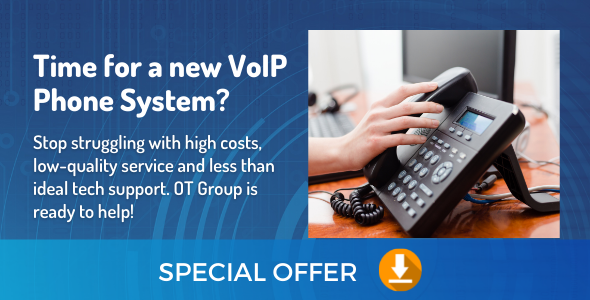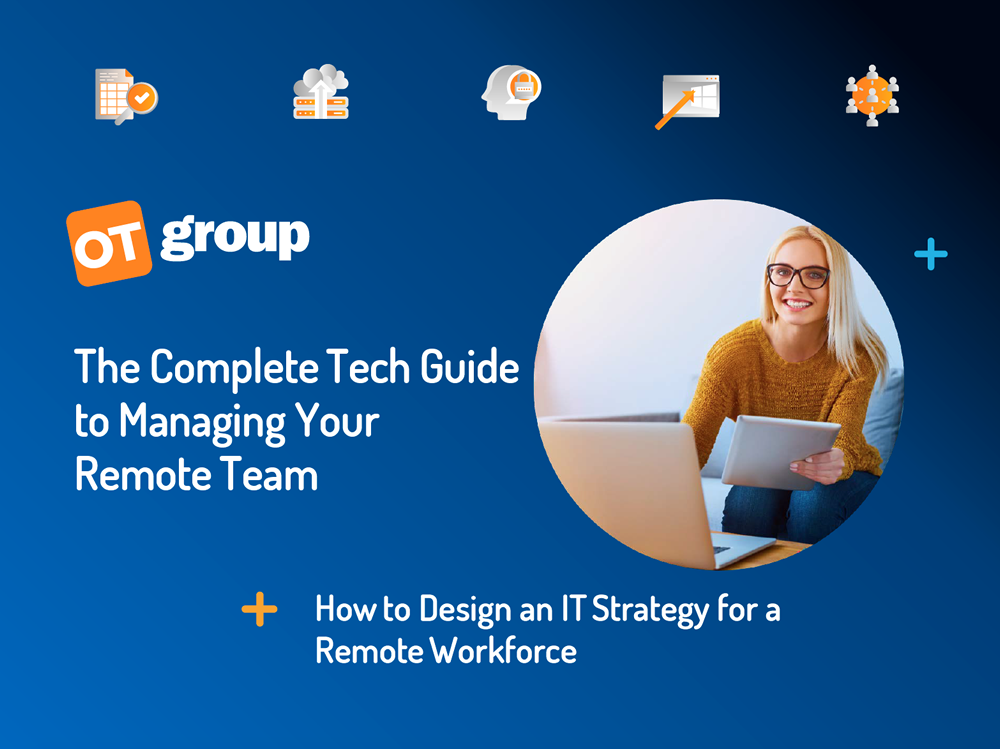The COVID-19 pandemic has had a huge impact on many aspects of our lives. As a result, the business world has had to make adjustments. New challenges such as the workforce shortage, supply chain disruptions and the need to build a remote workforce have all forced organizations to dramatically change their operations over the past two years.
While many employees across Ontario are still working from home, others are beginning to return to their offices in person for the first time in months - often in flexible work arrangements, such as a hybrid work model where they can work from both the office and at home.
If you are planning to head back into the office soon, creating an environment that focuses on COVID-19 outbreak prevention, employee safety and wellbeing should be top of mind.
To reduce touchpoints in shared office spaces and better protect employees, many organizations will turn to technology. In this blog, we look at five key technologies that will reduce contact in the office and improve employee safety.
1 - Pre-entry health checks
The entry to your office is the first line of defence that your employees have. That’s why we will see many businesses which transition back into the office introduce contactless pre-entry health checks before allowing people into the property.
Using technology, such as Monitio Contactless Temperature and Sign-In, allows your business to only let authorized individuals into your building. Employees will be screened before arrival, while visitors will also be screened before they are let in.
This is typically done through contactless technology, so that those who are screened as positive have no physical interactions with your front doors.
2 - Touchless printing, copying and scanning
One one the most common touchpoints in any office, when it comes to office hardware, is the office printer, copier and scanner. It’s likely that multiple people in your office touch these pieces of equipment every single day.
Thankfully, there are now touchless printing, scanning and copying options for companies that need to transition back into the office. This can come in the form of swipe cards, mobile print release or even voice recognition.
Looking for more information on how to achieve this? Check out our blog, Touchless Printing: How to Limit Contact on Shared Devices.
3 - Remote collaboration tools
Even though you are moving your company back into the office, you may not want to have all of your team members in one room for meetings. In fact, if you are operating a flexible work environment you might not even have that opportunity anyway.
Meetings and conferences are a core component of business success and crucial to successful collaboration, so even if you don’t do them in-person your team still needs a way to meet and work together.
Remote collaboration tools, such as Zoom or Microsoft Teams, will be increasingly adopted in the physical office space to make in-person to remote meetings more productive. This ensures your in-office employees can still collaborate effectively with the colleagues working outside of the office.
4 - Voice-enabled office spaces
Kitchens and break rooms can be high-traffic areas of your office that are touched frequently by your team members. Some companies will assign lunchtimes to improve social distancing and reduce traffic, while others are implementing technology to reduce touchpoints.
Voice-enabled appliances are becoming a growing market for offices that want to reduce touchpoints in their communal spaces. Voice technology allows team members to use appliances without the need to touch handles and buttons, and this trend is growing particularly when it comes to office space kitchen appliances.
5 - Cloud-based office management
To facilitate an ongoing safe return to the physical workplace, HR should use cloud-based technology to allow for attendance management and people flow management to maintain social distancing measures in the workplace.
Using a cloud-based attendance management program will give HR insights into how many people are in the office building, as well as get notifications straight to their desktop when visitors arrive at their premises. This helps HR to manage the number of people within the office at any given time.
Interested in learning more about how technology can help your organization return to the physical office and reduce common touch points in a shared space? Get in touch with OT Group today. We would love to help.



.png)

